While socially acceptable for casual pursuits, the wearing of trousers by women in the workplace was a widely accepted faux-pas well into the 1980s and even into the 1990s. In fact, it was commonly written into the employee dress manuals for many corporate and governmental workplaces! There was even a social stigma against women wearing trousers to dressier events like weddings. There is still lingering disfavor even to this day, as I routinely get chastised by elderly relatives for wearing trousers to family functions! Someday all that will pass as today’s current generation becomes society’s elders. This is a brief history lesson for those younger women to understand the journey of modern women.
Vintage Trousers Are Back
The return of one of fashion’s most ubiquitous clothing items is a bit like celebrating the return of office politics. More important, the power to invigorate your wardrobe.
The first thing to note here is that 2022’s trousers are a nuanced breed.
Good old high wasted oversized wool attire, not jeans, not leggings, but trousers of the old-fashioned variety.
The trousers that do precisely what they say on the tin. Who wore them like a lady was Katharine Hepburn in the film, The Millionairess in 1952. Check it out on Netflix.
For inspiration look at Tik Tok.
Marlene Dietrich
Marlene Dietrich wearing trousers in the early 1940s.
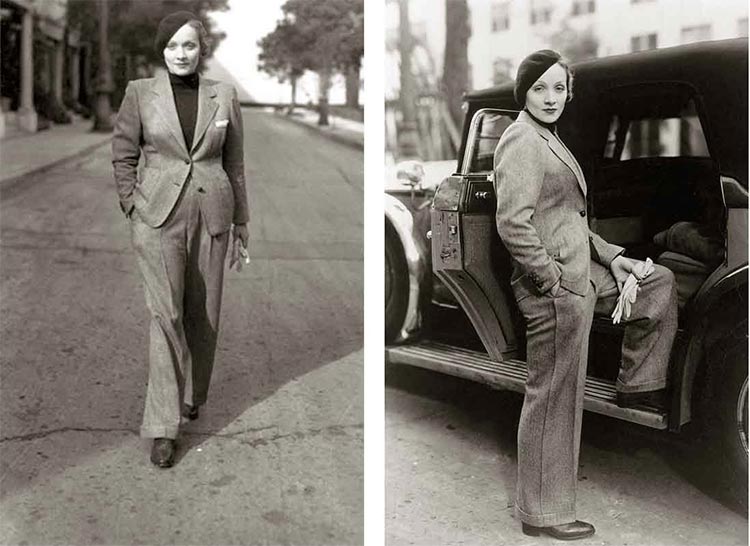
The wearing of trousers in the Western world did not become at all commonplace until the later part of the twentieth century. Prior to that women did wear trousers for necessity’s sake in limited settings: women ranchers in the American West, during WWII for factory work, female coal miners in the early 1900s and aviators like Amelia Earhart are all examples of women wearing trousers out of necessity prior to social acceptance.
Kennedy’s at leisure in 1940
So, what changed? During and after the WWII period there was a cultural shift that loosened the taboo on the wearing of trousers by women. Seeing women in trousers working in the factories and fields during the war became commonplace. Additionally, women came to see the benefits and comfort of wearing trousers. As a result, the wearing of trousers became acceptable as casual wear for gardening and other leisure activities in the post-war era. It’s important to note that trousers were still not worn in professional or formal functions at this point.

Katherine Hepburn in trousers in the 1940s
Now, some women pushed and tugged at the boundaries of what was socially acceptable. Celebrities like Marlene Dietrich and Katherine Hepburn wore trousers regularly and it could be said that they were important elements in the cultural change making trousers acceptable for women.
Unfortunately, the 1950s in response partly to the austerity of the WWII period saw a return to an ultra-feminine look (think Dior’s New Look), which meant most women did not wear trousers outside of the home.

After the prim and proper 1950s, in which women for the most part eschewed trousers, the 1960s saw an explosion of trousers wearing by women. The suit designs of André Courrèges and Yves St. Laurent helped things along as did the burgeoning women’s movement.
Additionally, the 1960s and 1970s saw an increase in the popularity and acceptance of more casual dressing by everyone-men, women, and children.
As a result of all these changes, by the end of the 1960s trouser wearing for women was widespread.
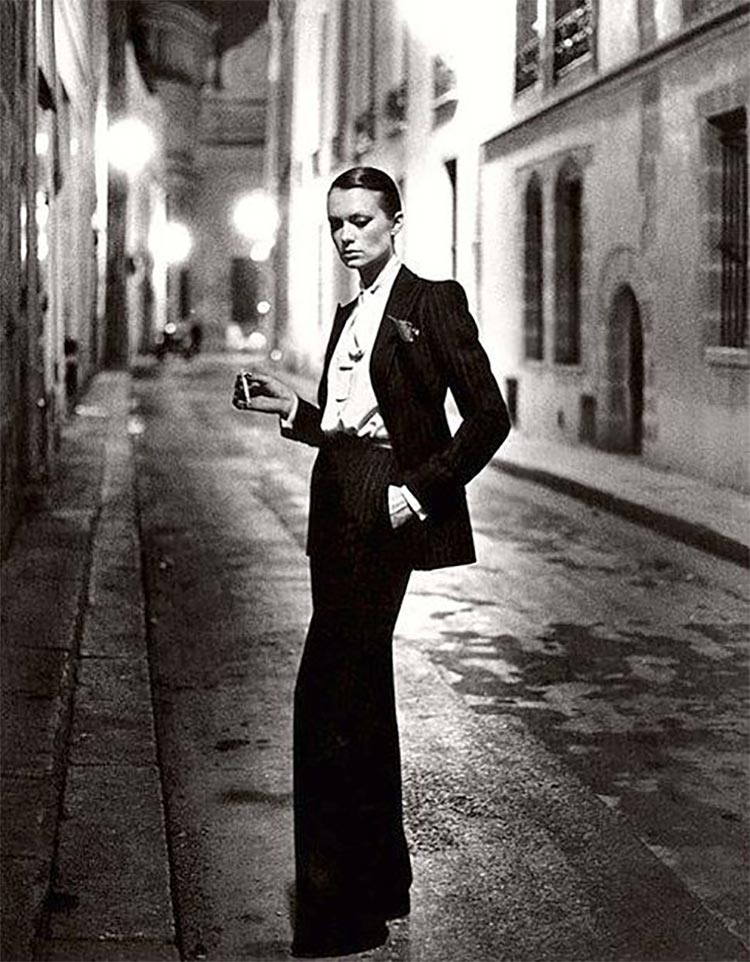
Le Smoking evening attire fromYSL in 1966.
Finally, even though by the 1970s trousers were widely worn by women, they were not widely accepted as appropriate attire for the workplace. It wasn’t until the 1980s and 1990s that women in the Western world saw a complete lifting of that final taboo.
Liz Claiborne designs in the 1980s.
Took the trousers to another level.

Just watched WW1984, they have amazing high waisted examples of trousers.


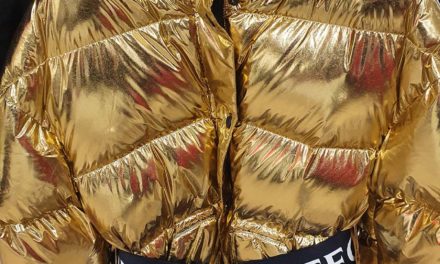
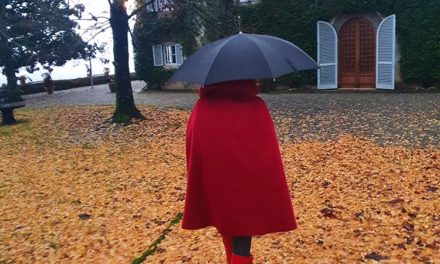
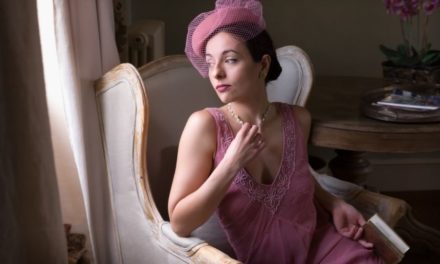
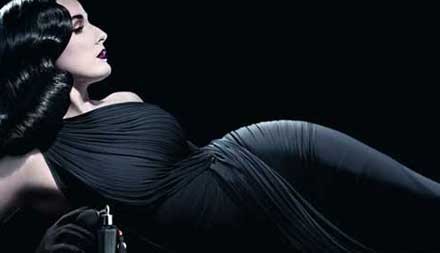




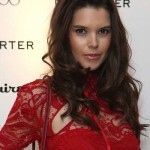

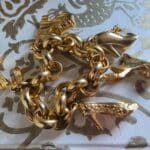

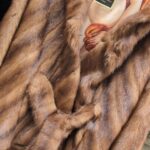

You must be logged in to post a comment.